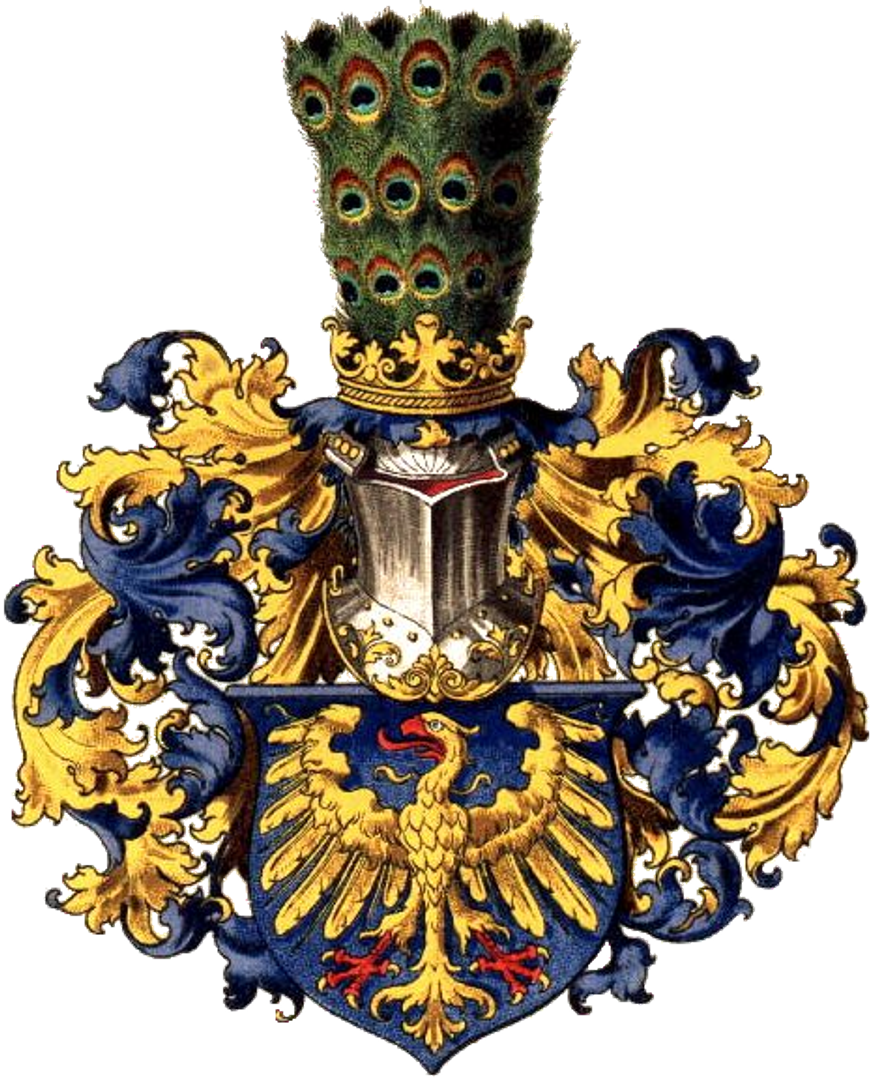Kamieniec Palace
7.82

Overview
The Mouse Tower, built of wild stone and brick, is a historical structure dating from the 15th to the 19th century, with discovered remnants of medieval buildings and Renaissance elements. In 2000, it was confirmed that the tower was used in various phases, and its oldest parts may be associated with Kokorzów Castle. The palace in Kamieniec, located in the Silesian Voivodeship, was built on the ruins of an earlier castle and underwent multiple renovations. The first owners were the Templars, and in the 16th century, the Kokorz family built a new residence. In the 18th century, the Scholtz von Löwenckrona family transformed the castle into a Baroque palace, and later, in 1872–1873, the Strachwitz family redesigned it in the Neo-Renaissance style. The last renovation was carried out by Count Stolberg in 1910, giving the palace Neo-Baroque features. After World War II, the palace lost its estate to the Polish state, and it now serves as a rehabilitation center for children. In the palace chapel, funded by Count Stolberg, there was a Baroque altar, which was moved to a local church in 1984 after a fire. The palace is surrounded by a landscape park designed by the expert Zahradník, known for its rare tree species, including a tulip tree that delights with its yellow blossoms every year. Interestingly, there are legends about underground passages between the castles in Kamieniec, Ziemięcice, and Wieszowa, adding mystery to this historical location.
Location
Tertiary Administrative Division
Zbrosławice
County
Tarnowskie Góry County
State
Silesian Voivodeship
Country
2025 Wizytor | All Rights Reserved